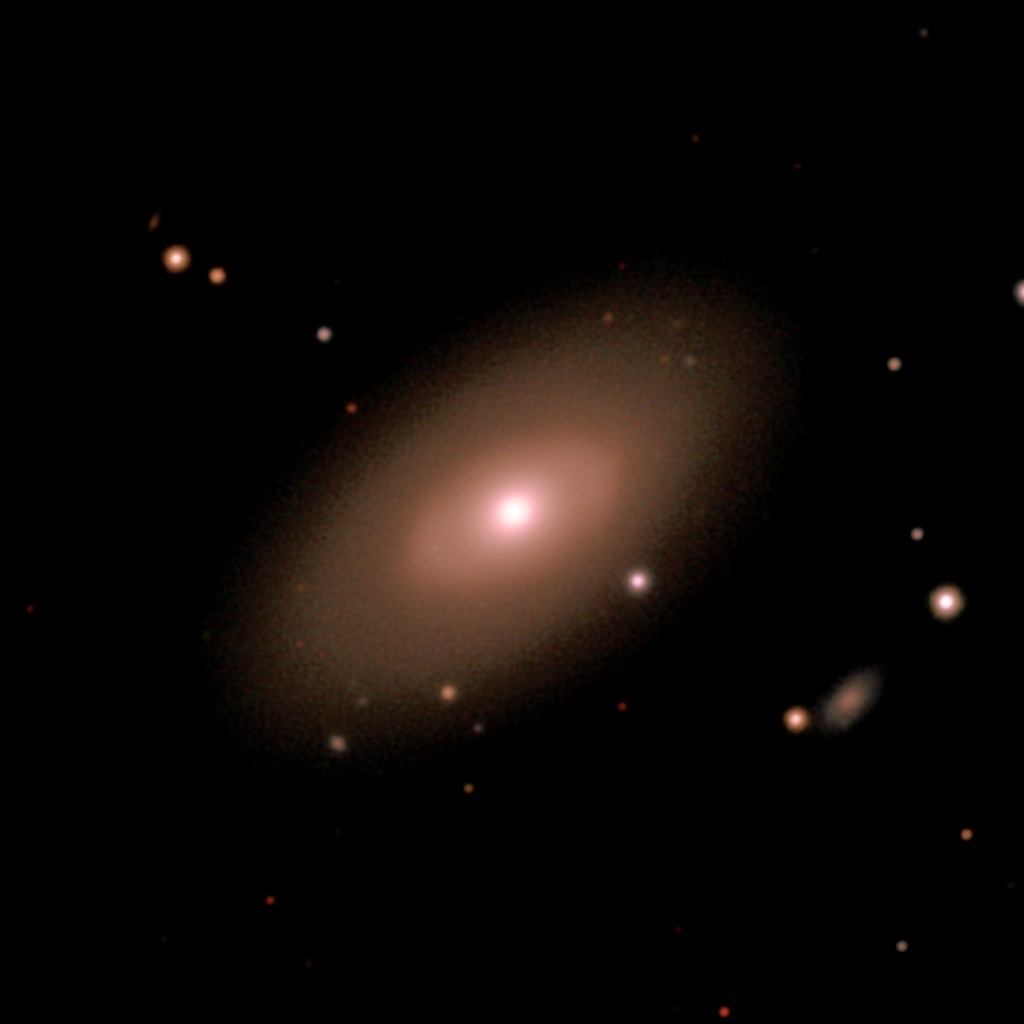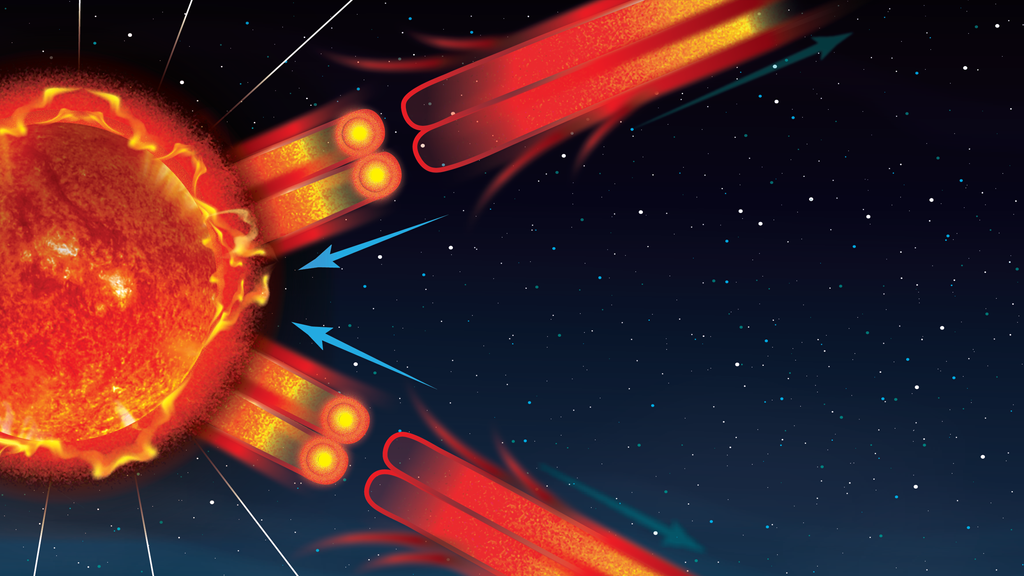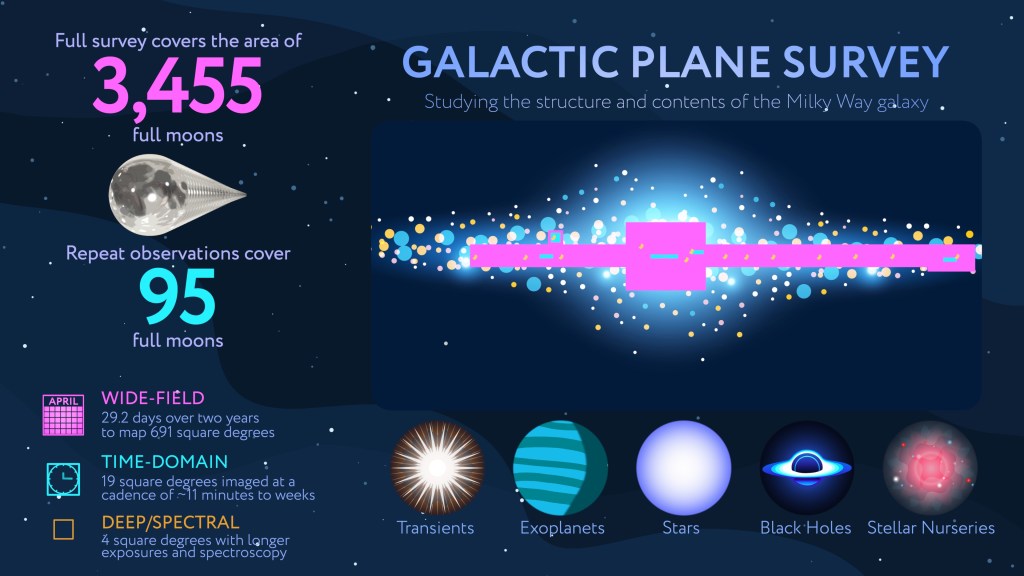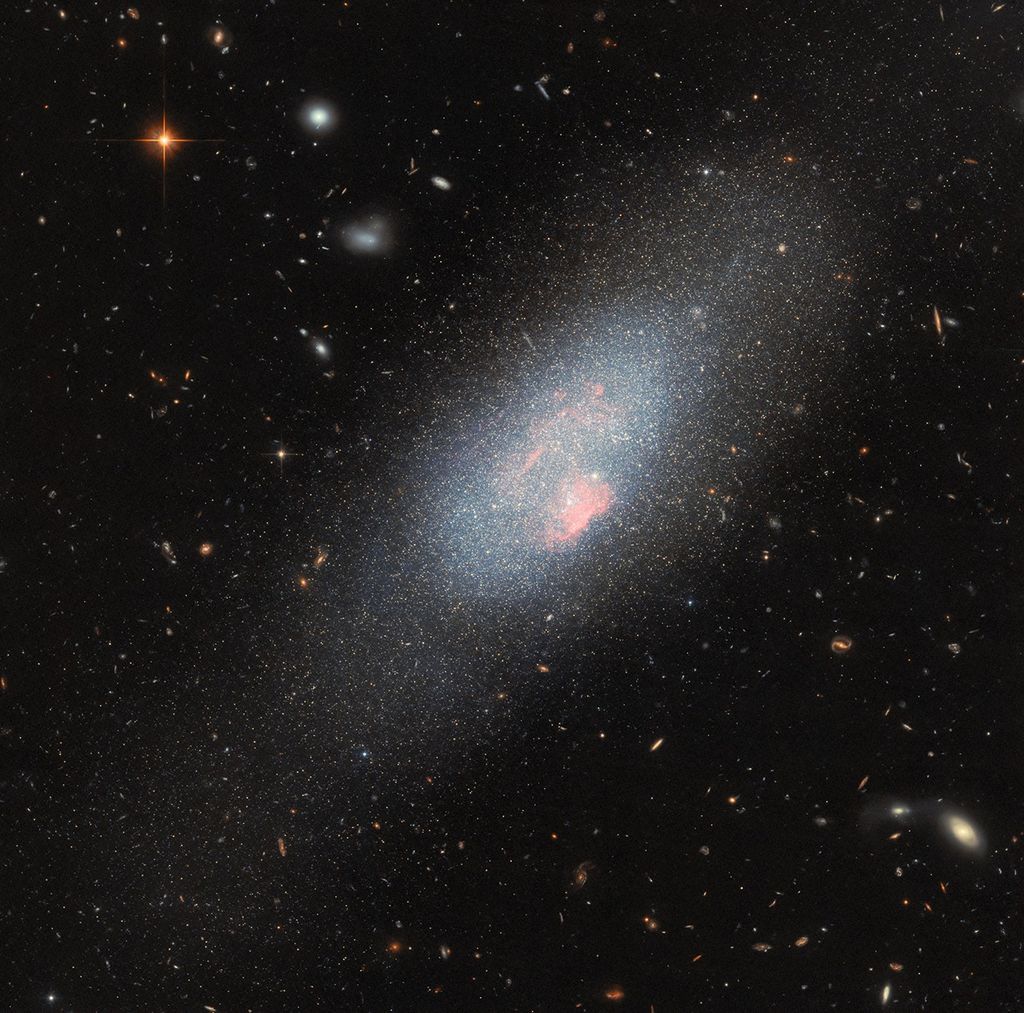1 min read
NGC 1015

About the Object
- R.A. PositionR.A. PositionRight ascension – analogous to longitude – is one component of an object's position.02 38 11.565
- Dec. PositionDec. PositionDeclination – analogous to latitude – is one component of an object's position.-01 19 07.02
- ConstellationConstellationOne of 88 recognized regions of the celestial sphere in which the object appears.Cetus
- DistanceDistanceThe physical distance from Earth to the astronomical object. Distances within our solar system are usually measured in Astronomical Units (AU). Distances between stars are usually measured in light-years. Interstellar distances can also be measured in parsecs.118 million light-years
- DimensionsDimensionsThe physical size of the object or the apparent angle it subtends on the sky.Image is 2 arcmin across (about 67,000 light-years)
About the Data
- Data DescriptionData DescriptionProposal: A description of the observations, their scientific justification, and the links to the data available in the science archive.
Science Team: The astronomers who planned the observations and analyzed the data. "PI" refers to the Principal Investigator. - InstrumentInstrumentThe science instrument used to produce the data.WFC3/UVIS/IR
- Exposure DatesExposure DatesThe date(s) that the telescope made its observations and the total exposure time.June-October 2013
- FiltersFiltersThe camera filters that were used in the science observations.IR/F160W, UVIS/F814W, UVIS/F555W. UVIS/F350LP
- Object NameObject NameA name or catalog number that astronomers use to identify an astronomical object.NGC 1015
- Object DescriptionObject DescriptionThe type of astronomical object.Galaxy
- Release DateFebruary 22, 2018
- Science ReleaseImproved Hubble Yardstick Gives Fresh Evidence for New Physics in the Universe
- Credit

These images are a composite of separate exposures acquired by the WFC3/UVIS/IR instrument on the Hubble Space Telescope. Several filters were used to sample narrow wavelength ranges. The color results from assigning different hues (colors) to each monochromatic (grayscale) image associated with an individual filter. In this case, the assigned colors are: Luminosity: F350LP Blue: F555W Green: F814W Red: F160W
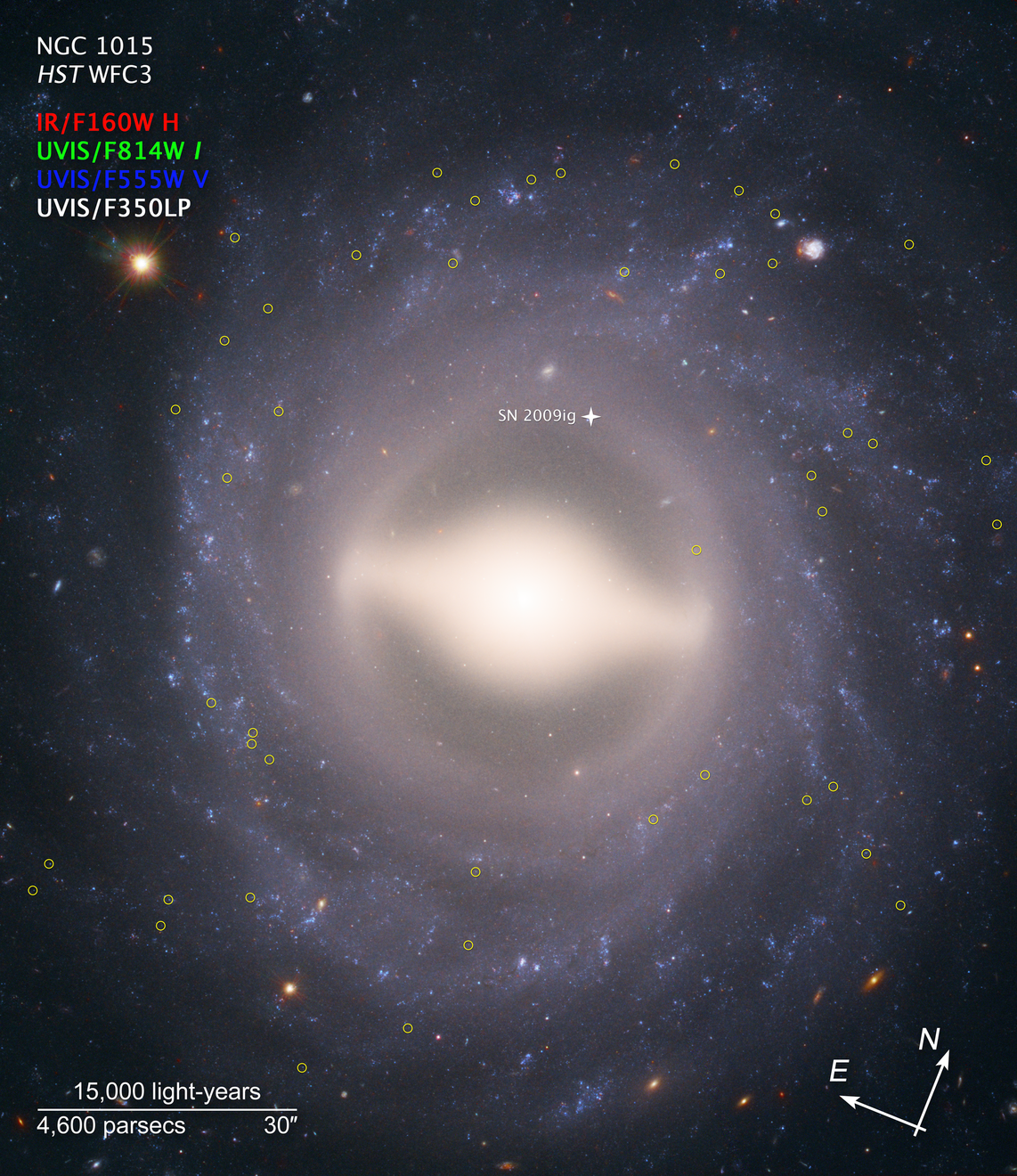
Related Images & Videos

Three Steps to Measuring the Hubble Constant
This illustration shows the three steps astronomers used to measure the universe's expansion rate to an unprecedented accuracy, reducing the total uncertainty to 2.3 percent. Astronomers made the measurements by streamlining and strengthening the construction of the cosmic...

NGC 3972 and NGC 1015
Hubble Helps Astronomers Measure Accurate Distances to Galaxies These Hubble Space Telescope images showcase 2 of the 19 galaxies analyzed in a project to improve the precision of the universe's expansion rate, a value known as the Hubble constant. The color-composite images...
Share
Details
Claire Andreoli
NASA’s Goddard Space Flight Center
Greenbelt, Maryland
claire.andreoli@nasa.gov


